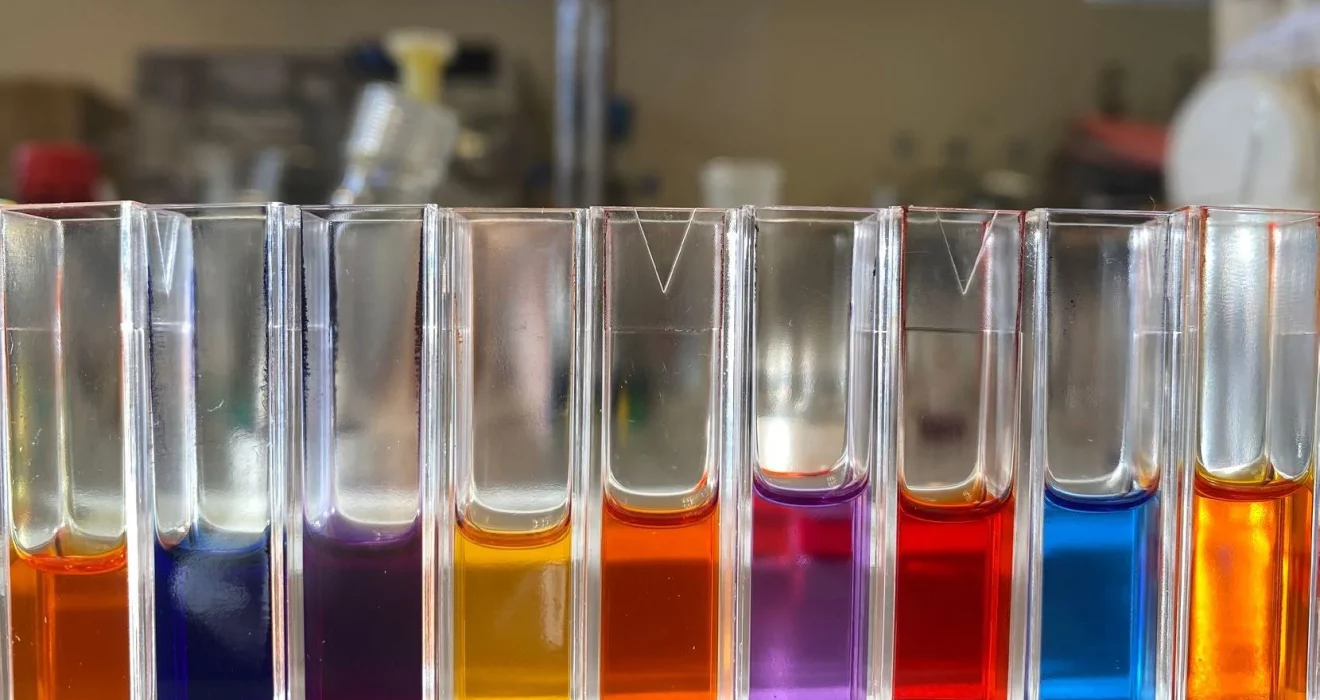Last November, a well-known department store brand John Lewis in the UK introduced the Circular Future Fund. This £1-million (US$1.2m) fund aimed to support inventive projects combatting the prevalent “throwaway” culture. Businesses, charities, social enterprises, and academic bodies were given a two-month window to submit their ideas, with the promise of expert panel selection. Out of 245 applicants, four remarkable winners emerged in April, each poised to receive a year of financial backing until May 2023 to bring their innovative solutions to fruition. These initiatives harbor the potential to play a pivotal role in curbing waste generated by our disposable shopping culture.
The urgency of addressing the environmental impact of throwaway culture is undeniable. Landfills burgeon with discarded goods, and ecosystems bear the brunt of excessive consumerism. Against this backdrop, the Circular Future Fund emerges as a beacon of hope, investing in tangible solutions that can reshape how we interact with products on a daily basis. It becomes evident that these initiatives not only aim to address specific environmental challenges but also strive to instigate a broader cultural shift towards sustainability. The journey of these projects represents the global effort required to usher in a more eco-friendly era.
Expandable and Deconstructable Children’s Shoes
Pip & Henry, dedicated to reducing footwear waste, focuses on children’s shoes, a category often replaced due to growth. Recognizing the environmental impact of discarded kids’ shoes contributing to landfill, Pip & Henry introduces a groundbreaking design. Their innovative approach includes expandable and deconstructable shoes, incorporating a modular sole that accommodates growth, potentially doubling the shoe’s lifespan. This visionary design not only addresses the issue of disposability but also emphasizes an efficient recycling process at the shoe’s end of life. By promoting sustainability in children’s footwear, Pip & Henry not only contributes to waste reduction but also aligns with the broader goal of fostering eco-friendly practices in the fashion industry.
Circular Economy Community Spaces
The Scottish Library & Information Council (SLIC) is spearheading a groundbreaking initiative, transcending the traditional library concept. With a vision to create ten “circular economy community spaces” within existing libraries, SLIC aims to redefine their role beyond books. These innovative spaces are designed to inspire a shift towards a circular economy, encouraging individuals to repair and borrow household goods and clothing instead of disposing of them. SLIC’s ambitious plan includes providing free access to essential tools such as sewing machines, soldering irons, and 3D printers. Additionally, these spaces will feature an expanded lending collection encompassing tools and kitchen equipment. The ultimate goal is to establish a compelling evidence base that highlights the pivotal role of libraries in fostering a circular economy, with the intention of widely disseminating this knowledge.
Normalizing Menstrual Cups
Dame, a period product company, seeks to revolutionize menstrual care by making menstrual cups a mainstream choice. With only 5% of the British population currently using these environmentally friendly products, Dame aims to address the 4.5 million period products discarded daily in the U.K. Their proposed “starter kit” and take-back service intend to break down barriers, encouraging more individuals to adopt reusable menstrual options. Additionally, Dame plans to introduce a digital assistant to guide users in selecting the right products and launch a campaign promoting awareness about reusable menstrual items.
Revolutionizing Textile Recycling
The University of Leeds takes on a crucial environmental challenge, centering its efforts on textile recycling with a specific focus on polyester. The prevalent difficulty in recycling previously-dyed polyester has limited its recycled content to a mere 15%. In response, the university’s researchers have pioneered a prototype utilizing CO2 to effectively separate polyester from its dye. The potential scalability of this innovation holds the promise of revolutionizing the fashion industry. If implemented on a larger scale, this breakthrough could facilitate the reuse of dye, leading to water conservation, decreased energy consumption, and the elimination of harmful auxiliary chemicals. The University of Leeds’ commitment to transforming textile recycling could herald a sustainable shift in an industry known for its environmental impact.
These winners, with their diverse and impactful projects, represent tangible developments that promise to reshape our daily interactions with products. Beyond abstract concepts, these initiatives present real-world solutions that have the potential to revolutionize how we shop and dispose of everyday items. As they move forward, the scalability and long-term impact of these projects will be closely watched, with the hope that their success will inspire other brands to adopt similar circular strategies.
Conclusion
The Circular Future Fund’s winners represent a diverse range of innovative solutions poised to redefine our relationship with consumerism and waste. From Dame’s efforts to make menstrual cups mainstream to Pip & Henry’s vision of expandable and deconstruct able children’s shoes, each initiative addresses a specific facet of our throwaway culture. The Scottish Library & Information Council’s pioneering concept of circular economy community spaces within libraries and the University of Leeds’ groundbreaking approach to textile recycling further demonstrate the power of inventive thinking in fostering sustainable practices.
As these projects unfold over the coming year, they hold the potential to significantly impact our daily lives, encouraging us to rethink how we consume and dispose of goods. The successes and lessons learned from these ventures have the potential to influence broader industry practices, inspiring a shift towards circular strategies. The Circular Future Fund not only invests in these individual projects but also sows the seeds for a more sustainable and environmentally conscious future.

